Articles Common Neck Injuries
We have compiled a list of common neck injuries. It is important to accurately diagnose and identify the cause of these injuries as this will direct treatment to ensure the best outcomes.
Common Neck Injuries- Postural/Muscular Neck Pain
Neck pain caused by sedentary lifestyles are becoming more and more prevalent. The postural muscles of the neck that help keep the head upright become over worked and fatigued from maintaining static positions thereby placing more strain on the ligaments and joints. This can give rise to headaches, neck and shoulder pain. As a precaution it is important change your posture frequently, have your work station set up correctly and have regular breaks from your desk.

Common Neck Injuries- Cervical Whiplash
Cervical Whiplash is a term used to describe a specific mechanism of injury to the neck. It occurs when the head is suddenly thrashed to one direction. This can result in damage to the muscles, ligaments, joints, bones, discs and nerves. This commonly occurs following sudden impact (i.e. fall, hitting your head, tackle and car accidents). Symptoms can include:
- neck pain
- referred pain into the upper limbs and back (i.e. pins and needles, numbness, weakness)
- movement restrictions
- headaches and dizziness
- hearing disturbances
- visual disturbances
- nausea
- swallowing difficulties
- memory loss
- jaw pain
Whiplash varies in severity, more serious cases can include fractures, neural/vascular compromise and joint instability. Symptoms of more concern can include:
- significantly restricted neck movement (>50% restriction)
- significantly worsening nerve signs (see below)
- spinal cords signs (see below)
Symptoms can arise immediately after the incident or several days later. It is important to be assessed by a health professional to exclude a serious injury. Thankfully most cases are mild and most people will make a good recovery within a few months. Resumption of normal activity and regularly exercising have been shown to improve recovery rates.

Common Neck Injuries- Osteoarthritis
OA of the neck typically refers to wearing away of the cartilage between the joints in the neck (facet joints). This condition is most commonly observed in older individuals and will typically complain of neck stiffness and movement restriction.
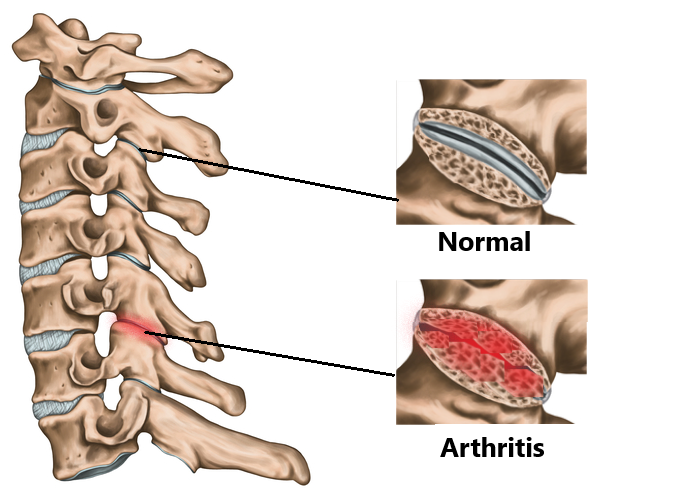
Common Neck Injuries- Instability/Spondylolisthesis
Significant wear and damage to the joints in the neck can lead to instability between the vertebrae. This can result in a vertebra slipping forwards or backwards relative to the other segments. This is known as a spondylolisthesis. This condition is mostly seen in older individuals due to degeneration but is occasionally seen in younger populations from trauma (i.e. car accident) or congenital deformities of the facet joints from birth. Most of these injuries are low grade slips and do not require surgery. High grade slips can compromise the nerves and/or spinal cord. Urgent medical attention should be sought in the event of spinal cord signs (see below) as emergency surgery may be required.
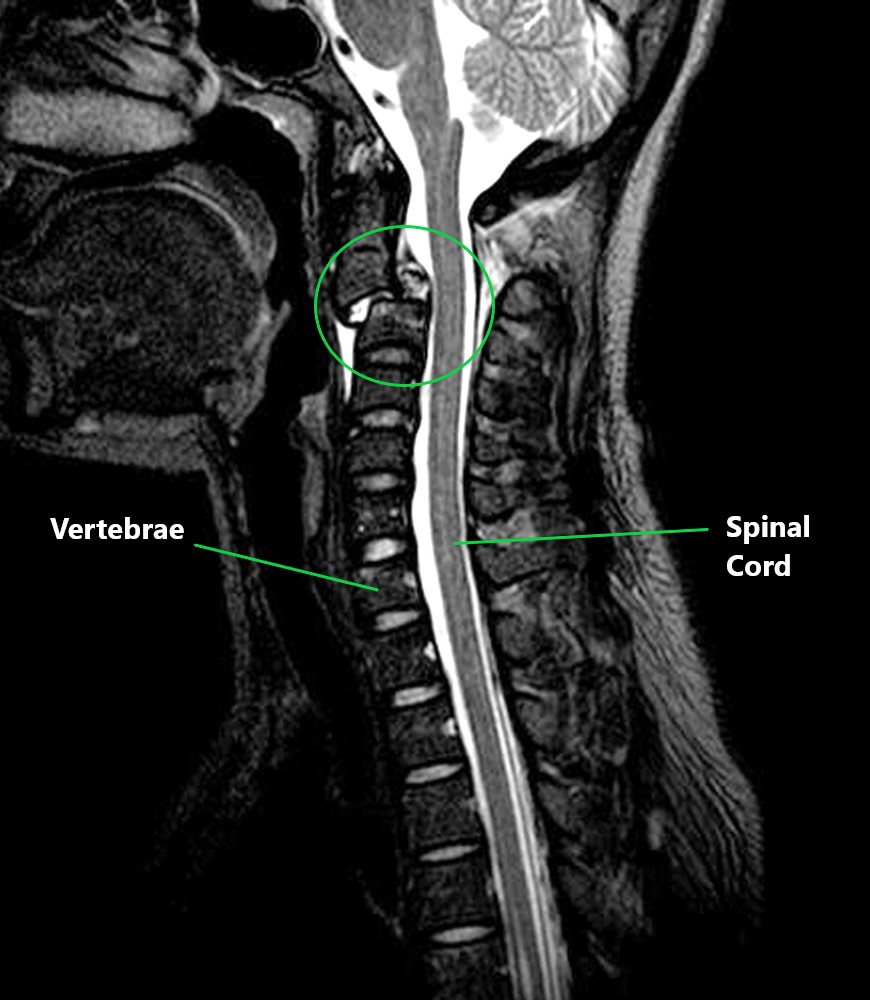
Common Neck Injuries- Intervertebral Disc (IVD) Injuries
Annular tears, disc bulges, disc herniation and disc desiccation are common terms found in scan reports used to describe injuries to the IVD. These findings are a normal part of the ageing process and often observed in people with no symptoms. Only a very small proportion of people with an IVD injury will actually require surgery (i.e. in situations of significant neural compromise). Due to the close proximity of the IVD to the spinal nerves, injuries to the IVD can often result in nerve symptoms (see below).
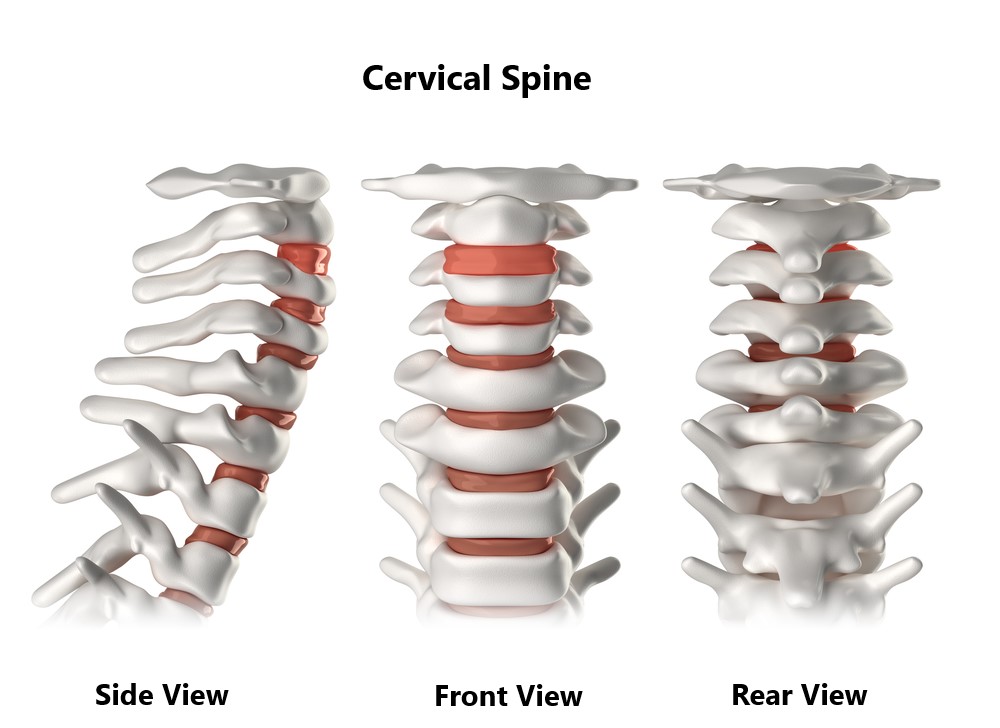
Common Neck Injuries- Nerve Injury
Nerve injuries of the neck can often give rise to specific symptoms in the upper limbs (i.e. burning, pins and needles, numbness, sensation changes). In more severe cases muscle wasting, muscle weakness and abnormal reflexes can also be observed. Nerve symptoms can arise from inflammation or compression of a nerve. Nerve compressions are often caused by advanced facet joint OA and IVD injuries.
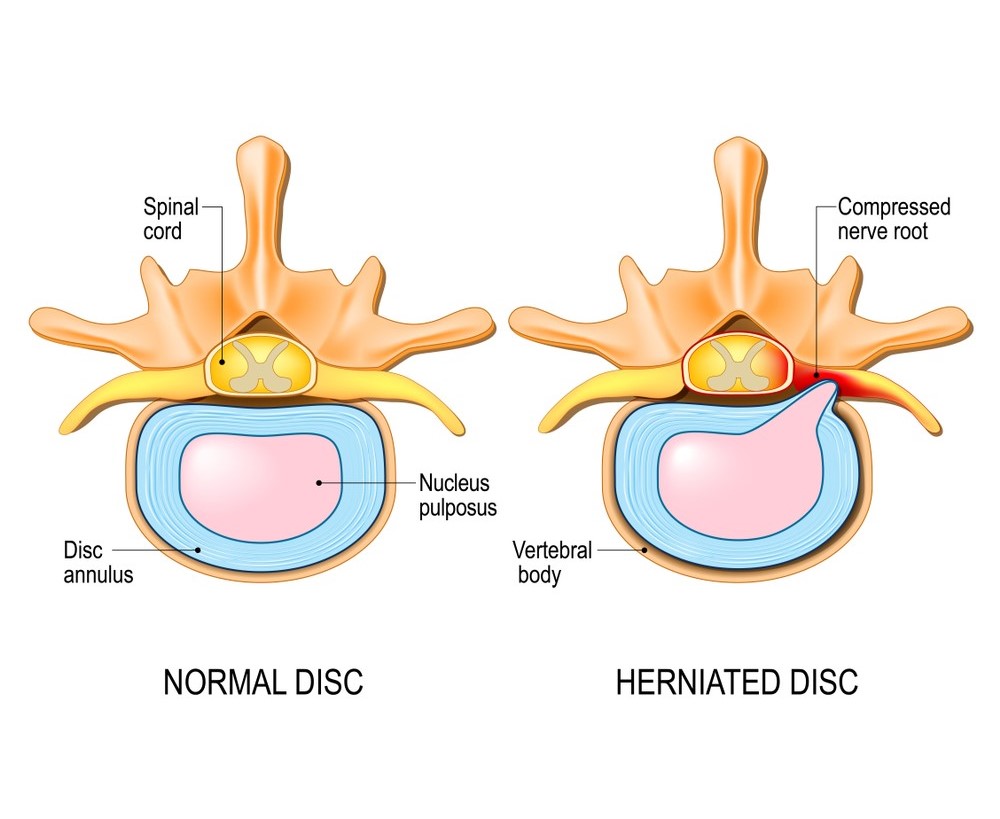
Common Neck Injuries- Spinal Cord Injuries
Injuries to the spinal cord can give rise to signs and symptoms similar to that of nerve injuries. However, additional symptoms may also be present including increasing clumsiness and weakness in the hands, symptoms into both upper limbs, lack of balance and changes in gait pattern. Injuries to the spinal cord are often caused by trauma (i.e. car accidents), advanced facet joint damage, IVD injuries and spondylolistheses. Urgent medical attention should be sought in the event of spinal cord signs as emergency surgery may be required.
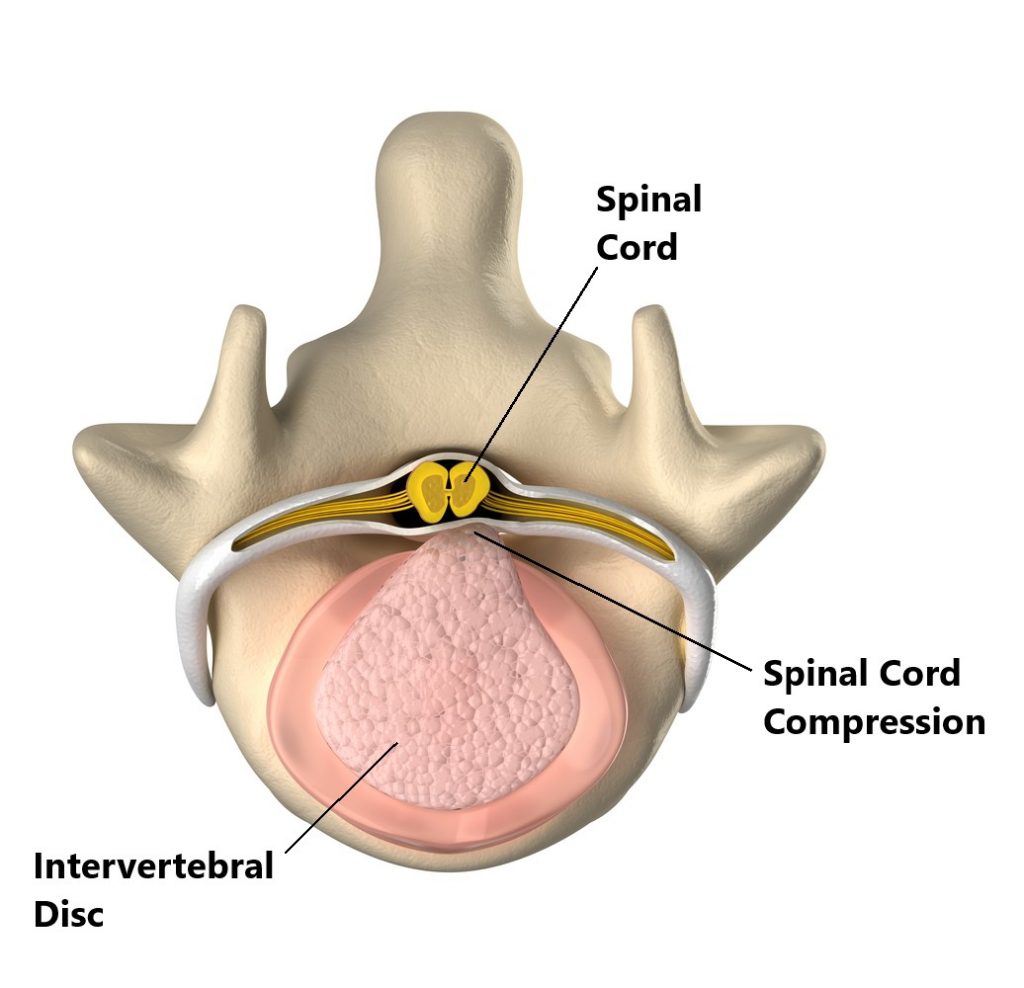
Common Neck Injuries- Stenosis
Stenosis means narrowing. In the neck we can have narrowing of the hole where the spinal cord sits (central canal stenosis) or where the nerves exit the spinal column (foraminal stenosis). Compromise of the nerves and spinal cord have been explained above.
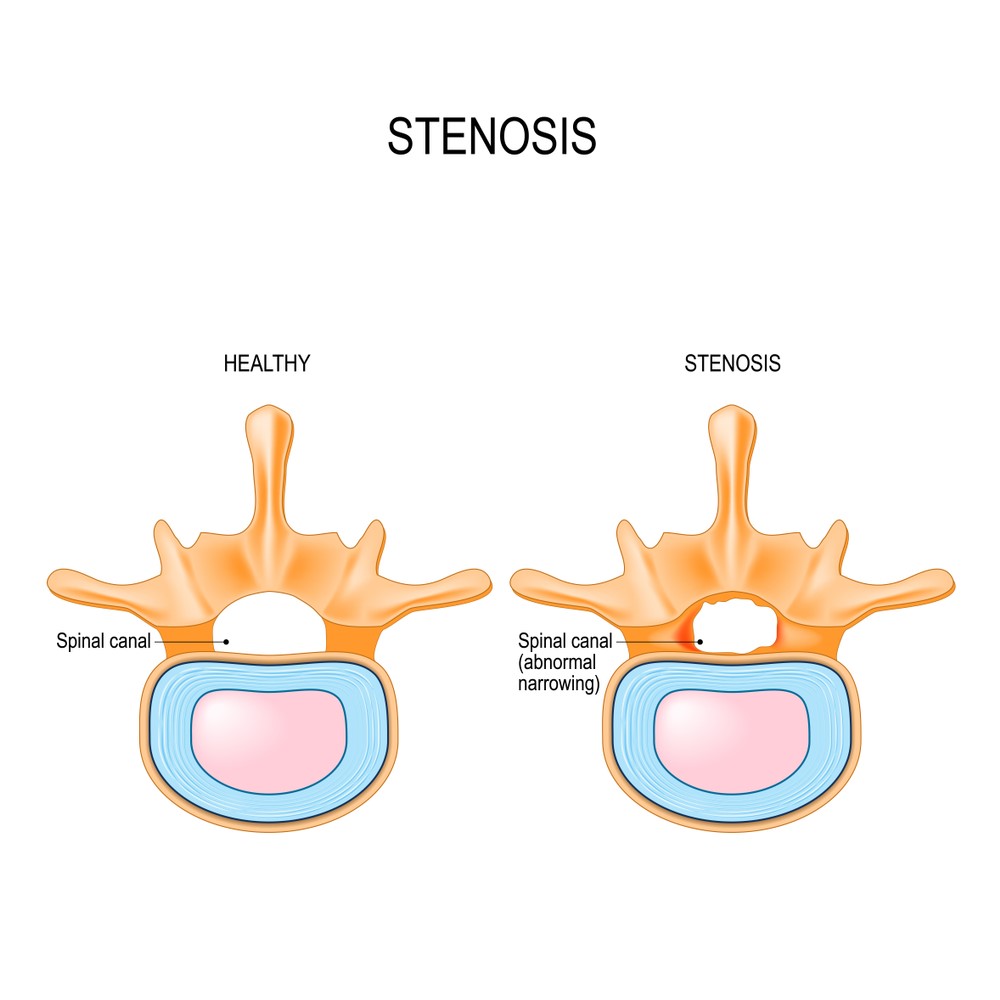
Please keep in mind the information provided is general in nature and should not be used as a substitute to consult your treating health professional. If you have any specific questions or require assistance with your individual treatment requirements please do not hesitate to contact My Family Physio Northern Beaches.
Related Articles
- Management of Chronic Neck Pain and Headaches
- Intervertebral Disc Injuries
- Facet Joint Injuries
- Modic Changes